Camber Sands deaths: Victims 'could have underestimated tide'
- Published
Ajirthan Ravi, brother of victim Nitharsan, describes how police identified the group from their car
Five men who died at Camber Sands could have got into trouble after failing to realise how quickly the tide would come in, the RNLI believes.
The men were on a day trip from London to the Sussex resort on Wednesday.
The RNLI said it did not believe that rip currents were responsible for the deaths. Police said the group were in their late teens and early 20s.
One of the victims, Nitharsan Ravi, drove to the resort with four friends, his brother Ajirthan told the BBC.
He identified two of the other men as Kobi and Ken Nathan, from Erith in south-east London.
The RNLI said it believed all five men fell into deep channels of water between sand-bars - mounds of sand created by wave and tide activity - which had been made deeper with the weekend storms.
Extremely fast tides
Guy Addington, from the RNLI, said: "It's very difficult to know at the moment, we don't have the full information, but it's possible that they were cut off by the series of sand-bars."
He said rip currents could occur at Camber but the sea was so calm on Wednesday that this was unlikely, and it was more likely sand-bars were involved.
"It's entirely possible and it does happen at Camber that people become cut off on the series of sand bars that are extensive on that part of the coast," he added.
He said there could be a 3ft (1m) difference between the the top of a sand-bar and the trough and added: "An increase of depth of 3ft to a non-proficient or non-swimmer can be really significant."
Mr Addington also said because Camber was a "shallow, shelving beach", the tide could go out and race in extremely fast - faster than someone could walk quickly.
"Add to that the complication of the undulating sand-bars, that can catch people out quite easily," he said.
He urged people to follow RNLI safety advice, external.

How to stay safe at the beach and in the sea
The brother of Mr Ravi identified a fourth victim only as Kurushanth. The identity of the fifth man is not yet clear.
Three of the men were pulled from the water on Wednesday afternoon, while two more bodies were found later.
Police said no-one else was missing after an earlier search for further victims was abandoned.

What are sand-bars?
A sand-bar is a submerged or partly exposed ridge of sand or other sediment built up by currents in coastal waters that occur where waves break.
They are usually made up of sand but can also involve other granular materials, such as shingle or even boulders.
They are most pronounced in the heavy surf caused by storms.
Sand-bars are the most common cause of rip currents, which are generated by waves breaking over them.
The RNLI said that the sand-bars at Camber Sands were three feet deep and had been made deeper by the weekend storms. Satellite images of the area give an idea of how the sandbars create an uneven sea floor.
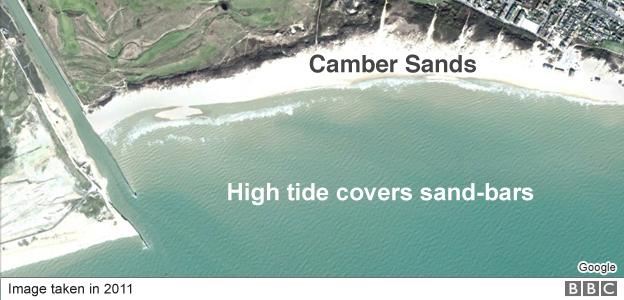



Ch Supt Di Roskilly of Sussex Police said: "We believe we now know who the men are and that they came to the beach together for the day.
"We believe they are all in their late teens and early 20s and come from the Greater London area.
"These men were not fully clothed when they were pulled from the sea but wearing clothes appropriate for being at the beach for the day.
"We have no further reports of anyone else missing from Camber and there are no ongoing searches related to this incident.
"This has been an incredibly tragic incident and we are offering their next of kin support at this difficult time."

Camber Sands

Camber Sands is the only beach in East Sussex to contain sand dunes - most of the beaches in Sussex are lined with pebbles and shingle
A large section of the beach is within a Site of Special Scientific Interest - which gives it statutory protection from being developed on - while the rest is a Site of Importance for Nature Conservation, which also offers protections
It is also a popular windsurfing and kite-surfing destination and on busy days can attract up to 25,000 visitors
It is easily accessed by car and the nearest railway station in Rye is about four miles away
The beach has appeared in numerous films, such as Dunkirk and the Theory of Everything, and has been referenced in several songs, including Fatboy Slim's EP Camber Sands

Members of the public and emergency services tried to save the men when the first alert came in just after 14:10 BST.
Rescuer Deven Small said: "I walked over to the scene and I could see a few people holding someone but his head kept on going in and out of the water.
"I ran in and helped to carry him in. Adrenaline kicks in. I didn't want to, you're talking about someone's life on the line.
"It's not the nicest thing to see in the world, to see someone die in front of you."
Two bodies were discovered by a member of the public as the tide receded at about 20:00, the RNLI said.
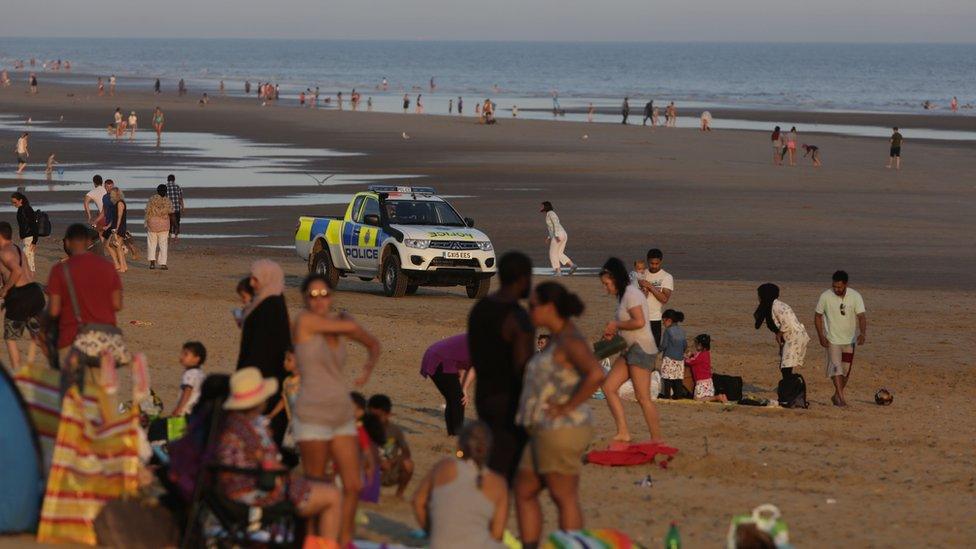
Emergency services were called to Camber Sands at about 14:10

The beach was cleared after the bodies were recovered and the public were asked to stay away
Rother District Council said up to 25,000 people use the beach each day.
An online petition calling for lifeguards at Camber Sands has been signed by more than 4,000 people.
A council spokesman said: "Our beach patrols are on site throughout the summer and are able to advise people of potential dangers, reunite lost children and deal with any incidents on the beach.
The Police and Crime Commission for Sussex, Katy Bourne said: "We do need to get together to see if further improvements need to be made [to safety at the beach].
"We need to find the best answer. I don't know if lifeguards are the answer."
Last month, 19-year-old Brazilian Gustavo Silva Da Cruz died while swimming in the sea there. He was one of three men who got into trouble in the water.
- Published25 August 2016
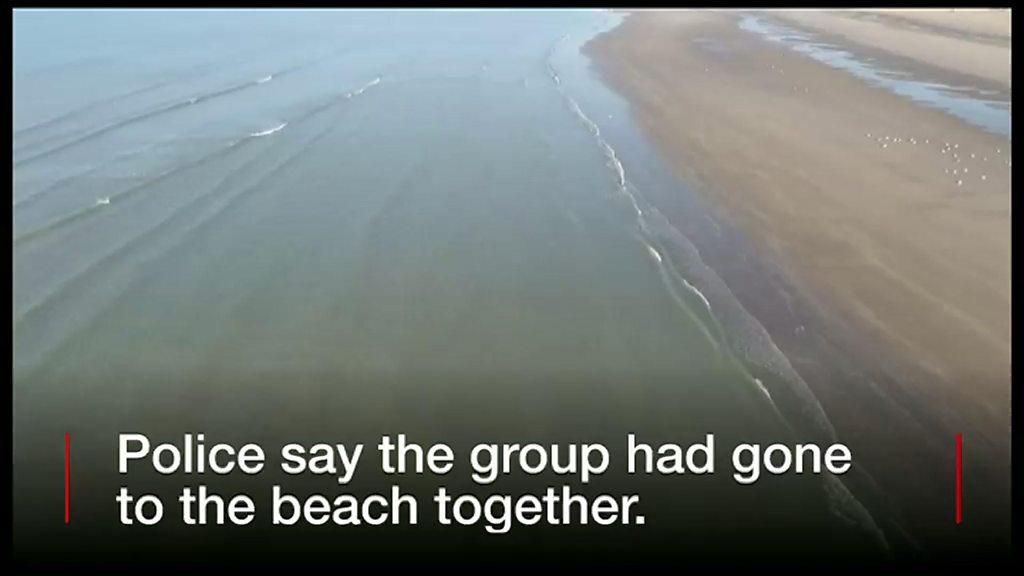
- Published24 August 2016
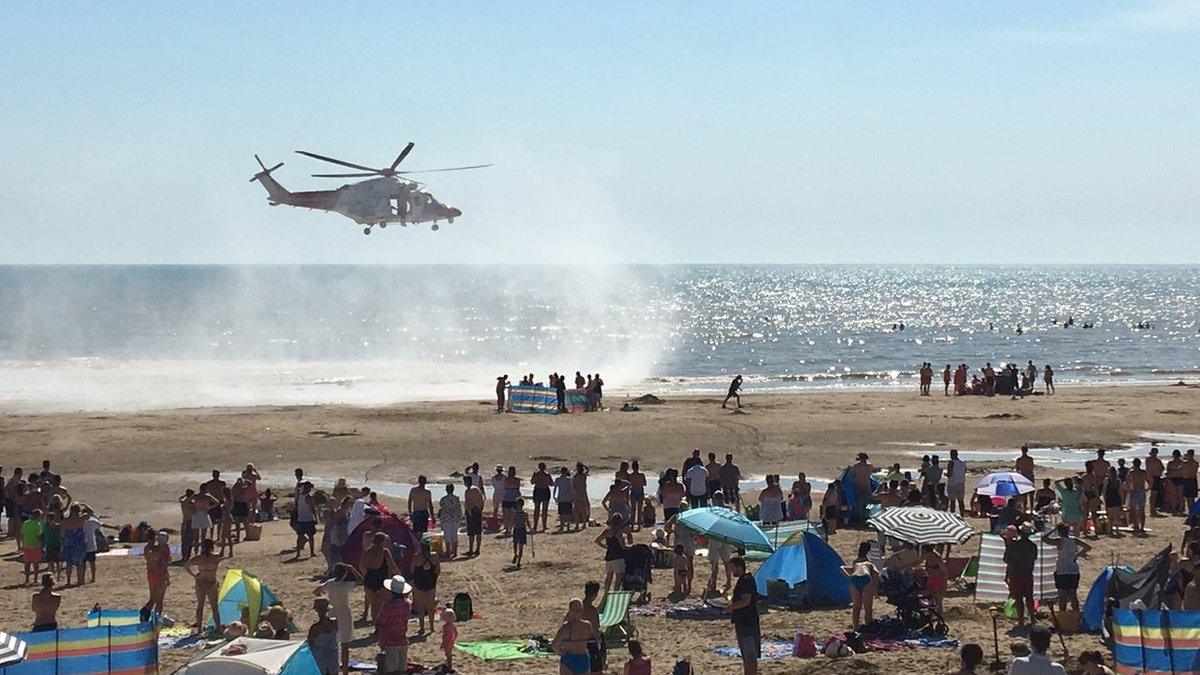
- Published25 August 2016
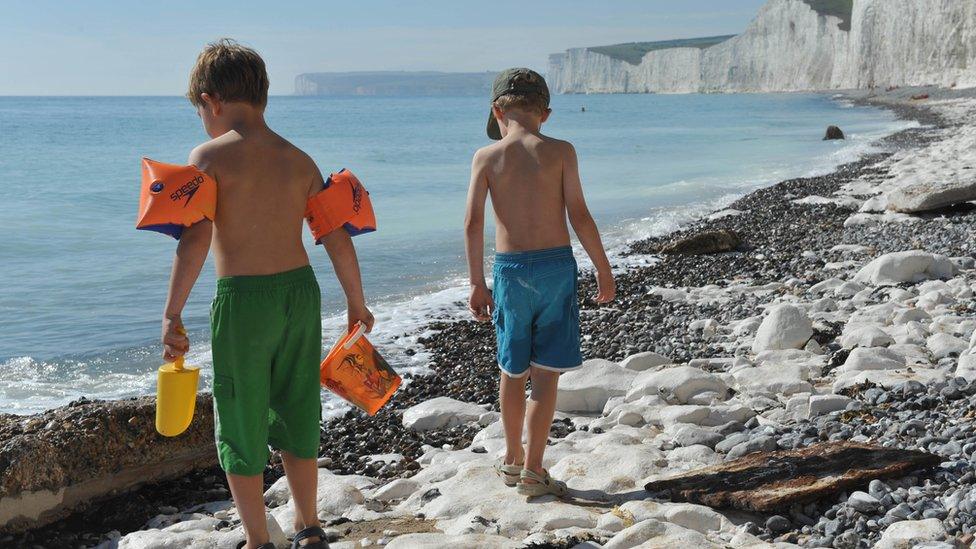
- Published22 August 2016
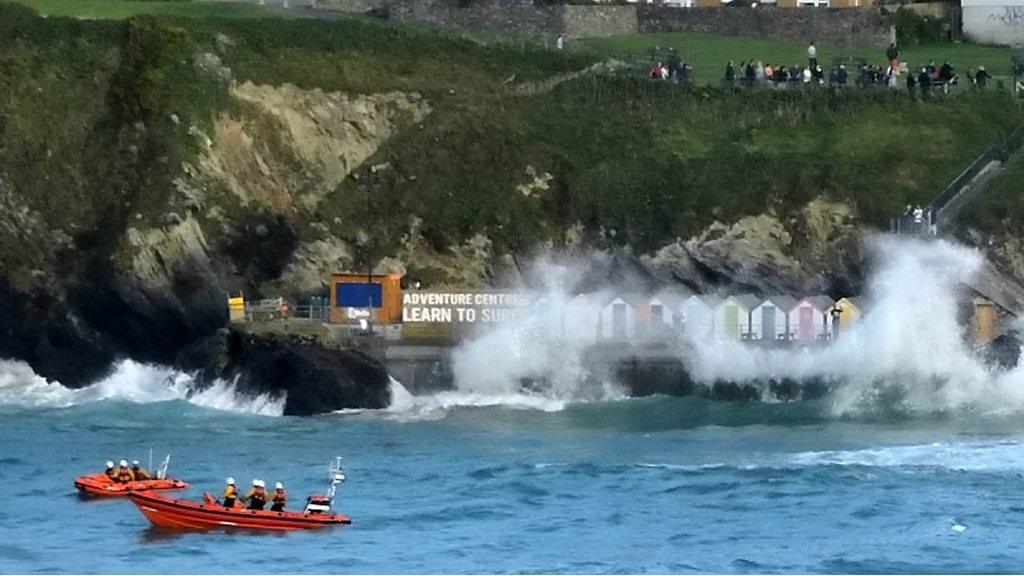
- Published22 August 2016
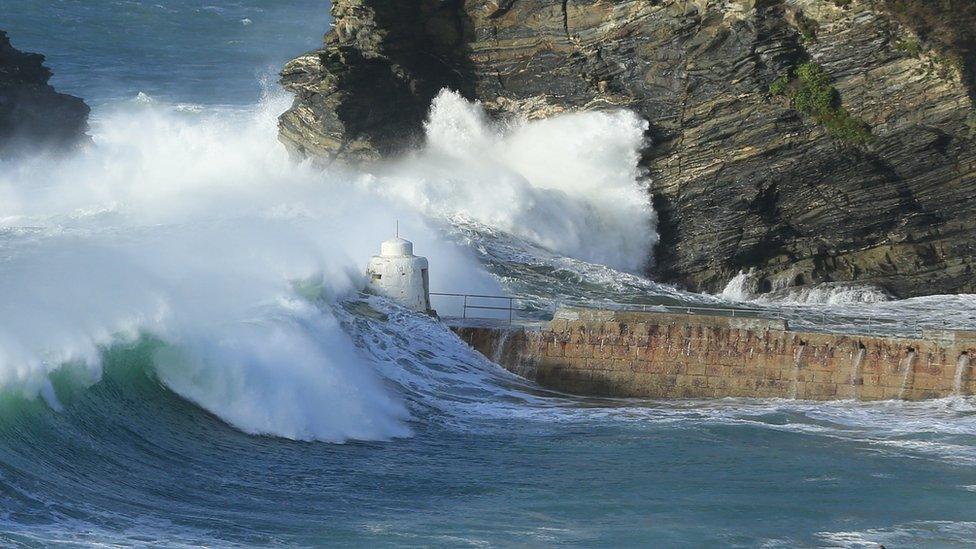
- Published25 July 2016
